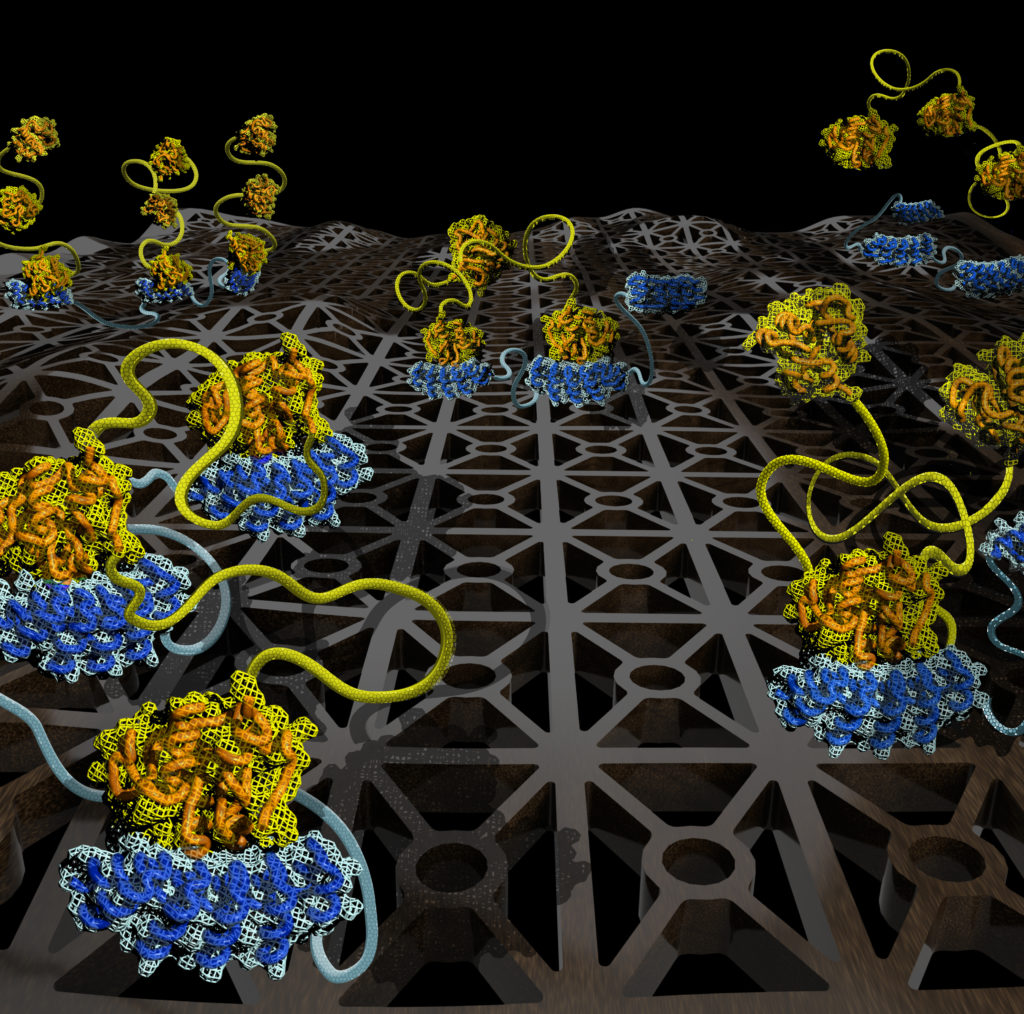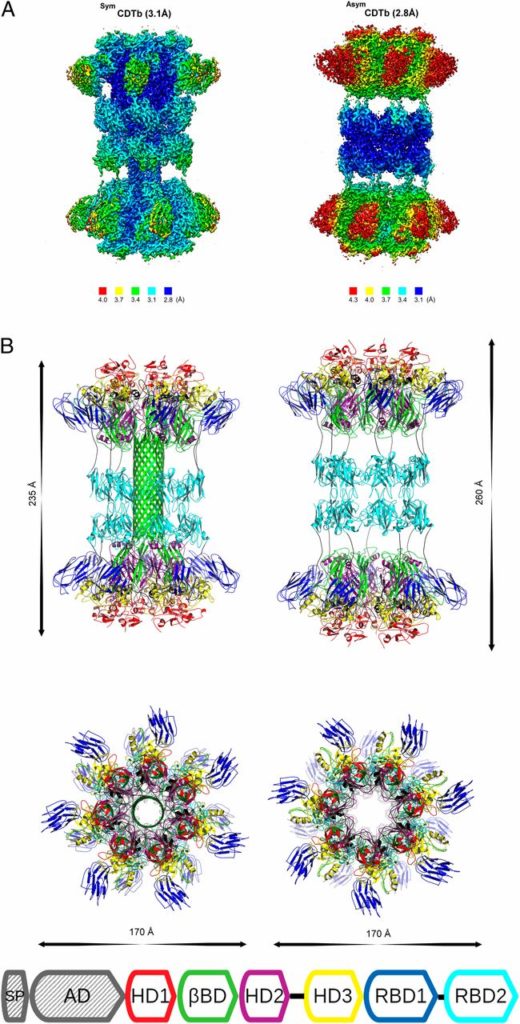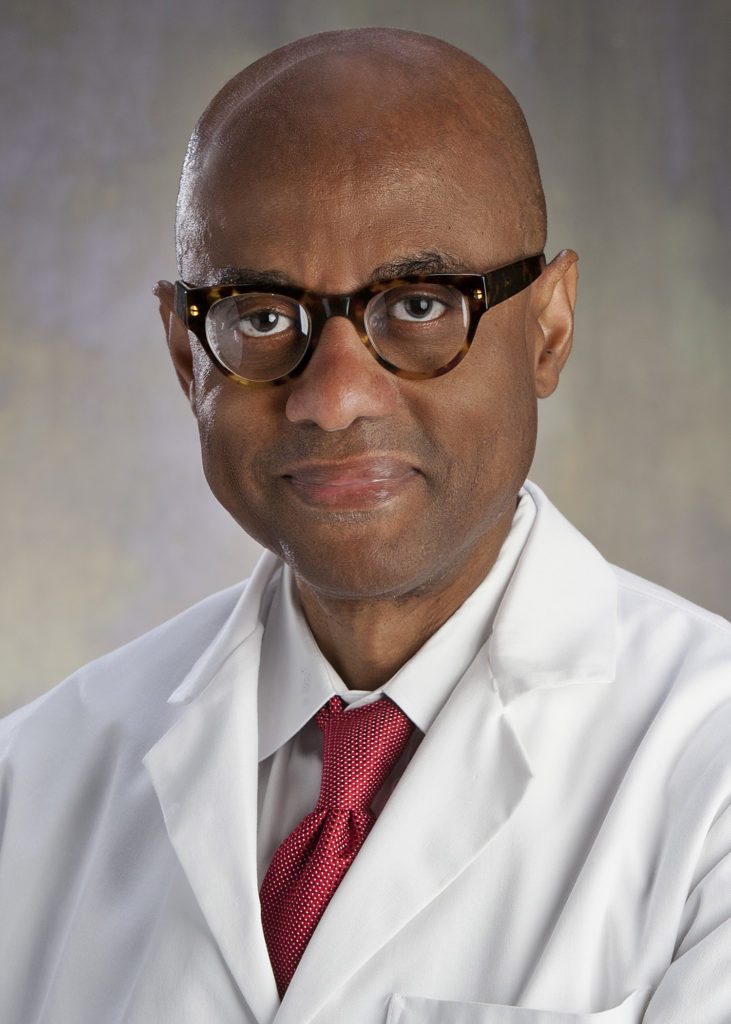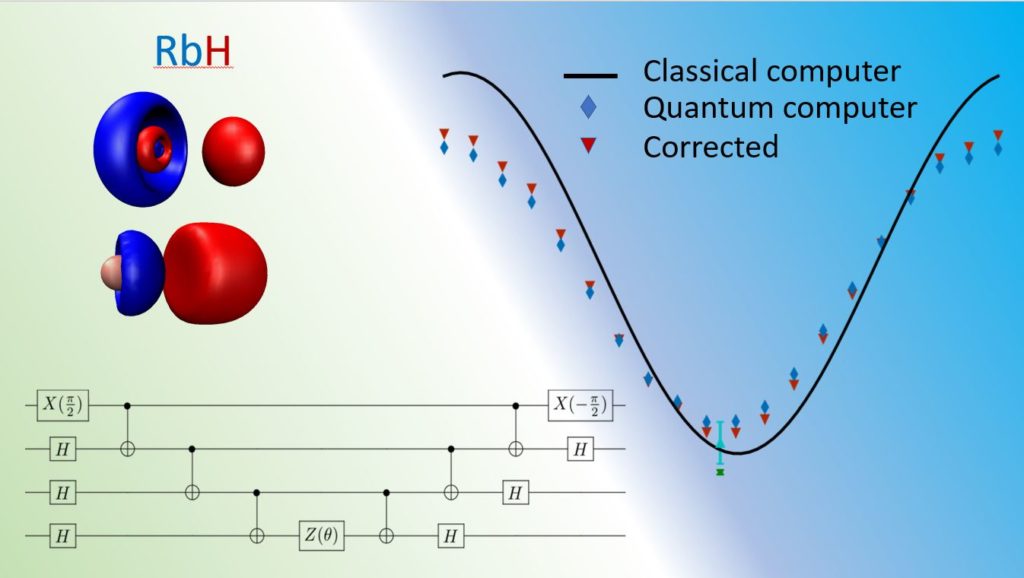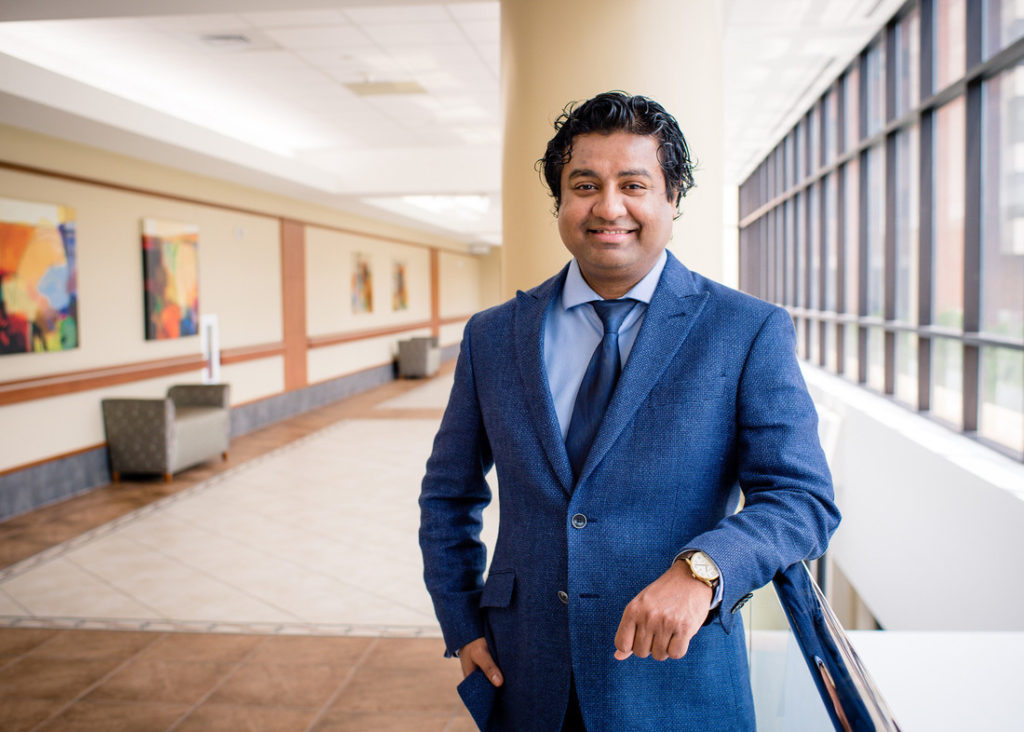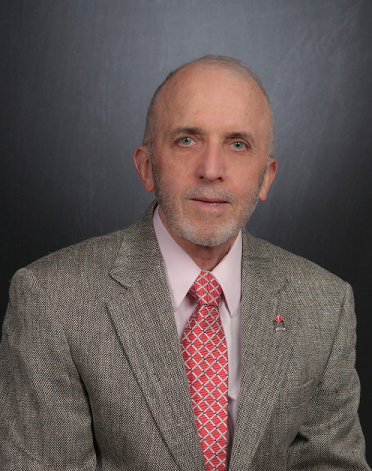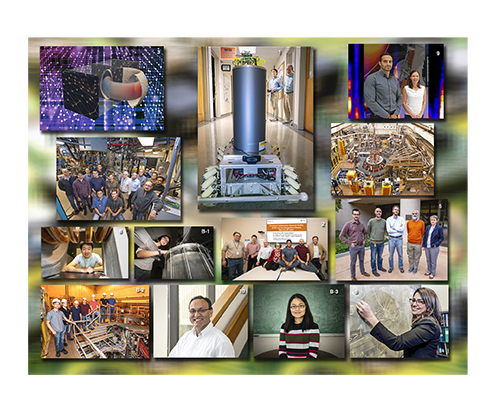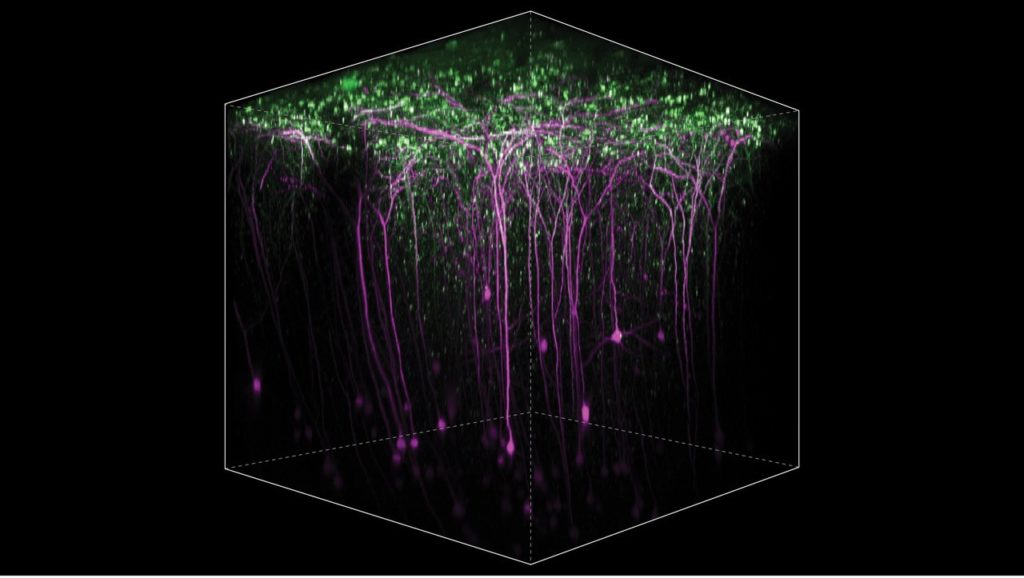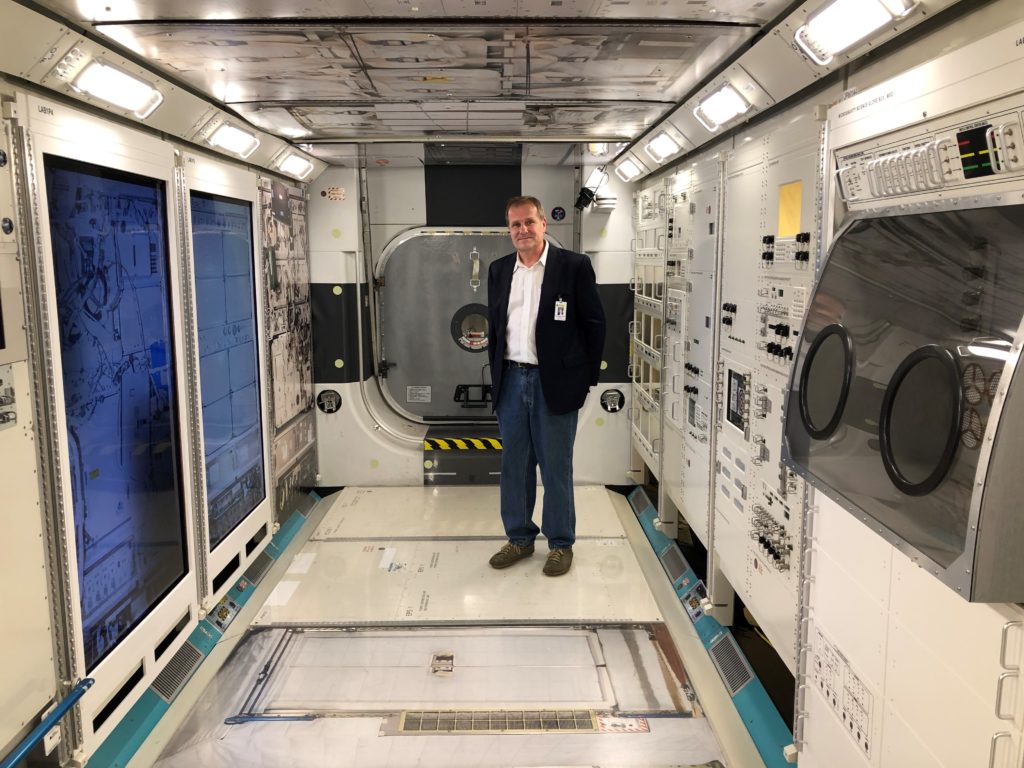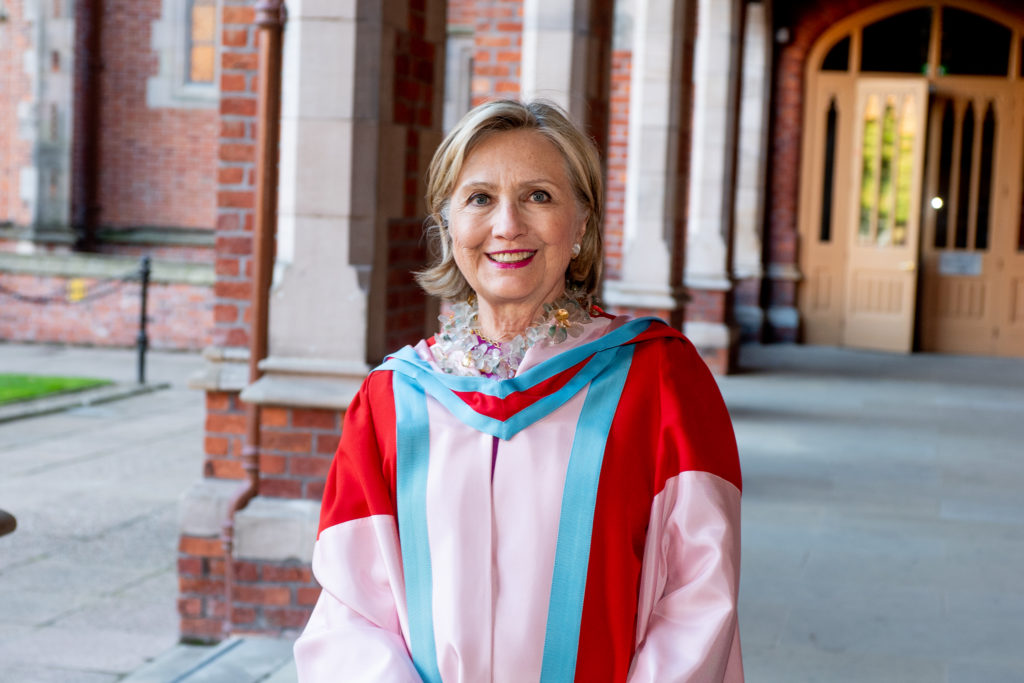A first-of-its-kind study on molecular interactions by biomedical engineers in the University of Minnesota’s College of Science and Engineering will make it easier and more efficient for scientists to develop new medicines and other therapies for diseases such as cancer, HIV, and autoimmune diseases. The study resulted in a mathematical framework that researchers plan to use to develop a web-based app that other researchers can use to speed the development of new therapies for diseases.
